Delicious Japanese Miso Soup: 5 Simple Ingredients for a Perfect Dish
What if one humble bowl could deliver umami, probiotics, protein, and centuries of tradition in just a few sips? That’s exactly what japanese miso soup offers. Often underestimated as a simple appetizer, this soup is deeply woven into Japan’s culinary heritage. It’s served at over 80% of meals across the country and enjoyed by millions every day not just for taste, but for wellness, comfort, and culture.
In this post, we’ll break down the 5 key ingredients that make japanese miso soup so special. Whether you’re a home cook exploring authentic Asian flavors or just craving a nutritious, savory dish, this guide gives you everything you need to master the essentials.
Table of Contents
Ingredients List: The 5 Core Elements Behind Authentic japanese miso soup
To truly understand japanese miso soup, we must start with its ingredients. These five core components come together to create a delicate, balanced, and unforgettable experience.
1. Dashi (Japanese Broth)
Dashi is the umami-rich foundation of miso soup. Made from kombu (dried kelp) and katsuobushi (bonito flakes), it’s light yet deeply flavorful.
- Substitutions: Instant dashi powder, or for vegetarians, a kombu and shiitake mushroom broth.
2. Miso Paste
This fermented soybean paste is the star. There are three main types used in japanese miso soup style:
- White (Shiro): Mild and slightly sweet.
- Red (Aka): Richer and more intense.
- Mixed (Awase): A blend of red and white miso.
- Substitutions: Try chickpea miso or barley miso for soy-free options.
3. Tofu
A soft, silky protein that soaks up the broth’s flavors.
- Best Types: Silken or firm tofu, diced into small cubes.
- Alternatives: Tempeh or soft-boiled egg for variation.
4. Wakame (Seaweed)
This dried seaweed rehydrates in the soup and adds subtle marine umami and texture.
- Substitutions: Fresh spinach or baby bok choy can be used for a greener twist.
5. Green Onions (Scallions)
These are added at the end for a bright, crisp contrast to the earthy miso.
- Alternatives: Chives or leeks can provide a similar punch if scallions aren’t available.
Fun Fact: These five ingredients form the basis of nearly every japanese miso soup variation. Regional tweaks come later but these are non-negotiable in most kitchens.
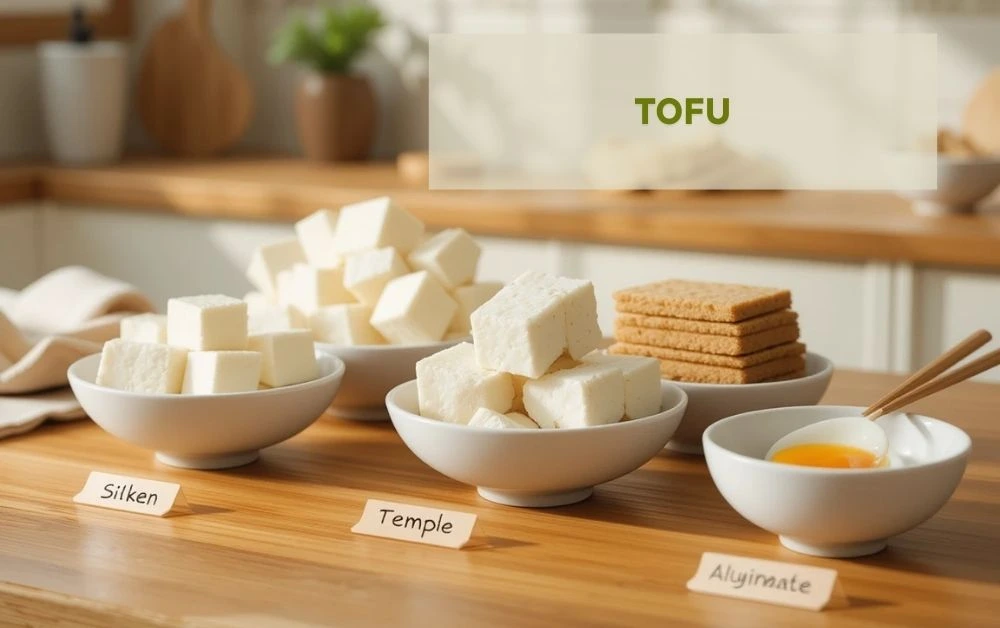

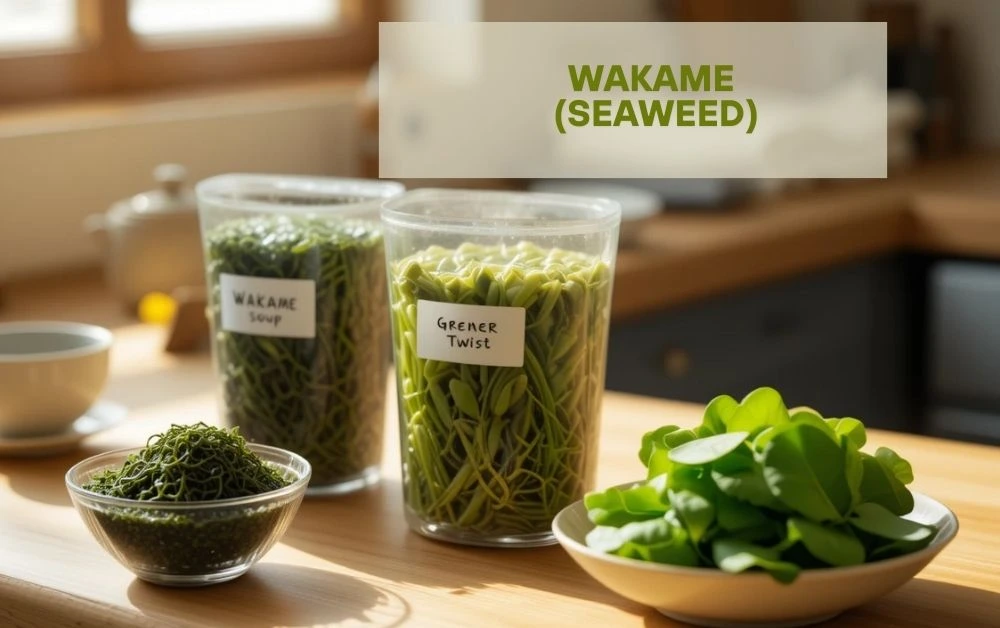
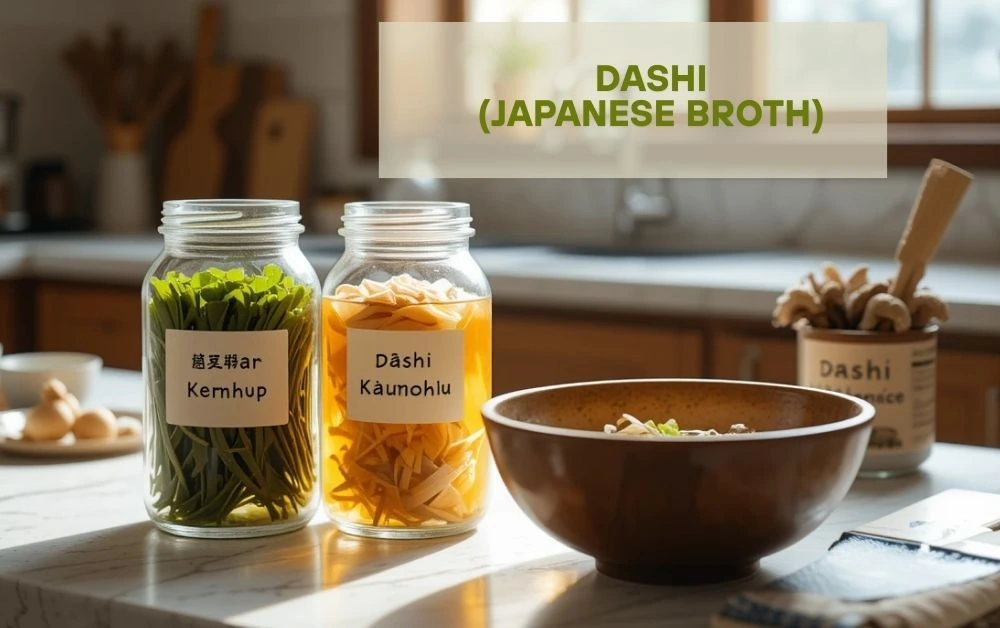
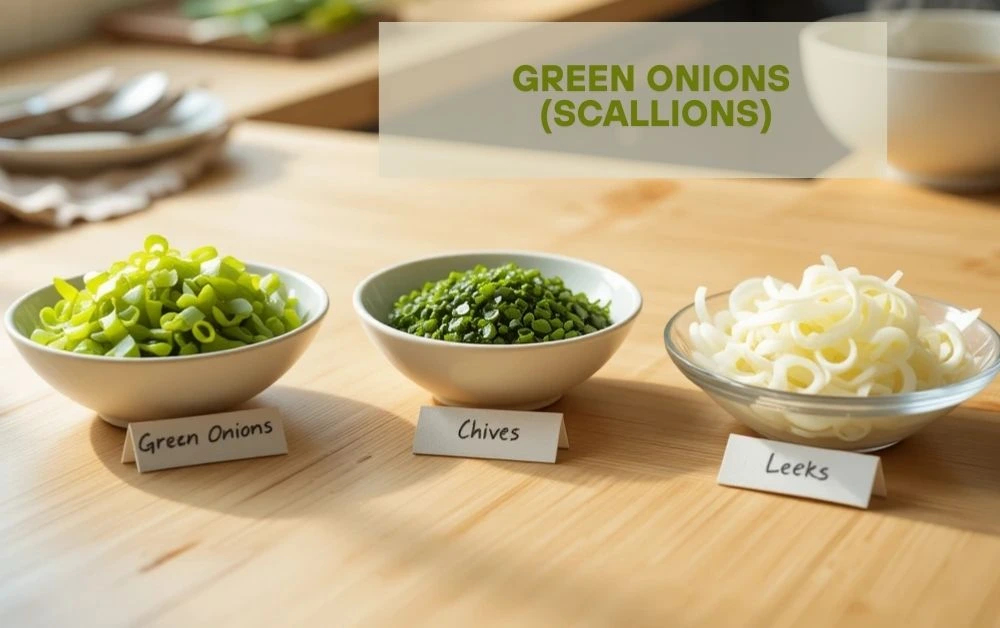
Timing: A Fast and Flavorful Addition to Any Meal
Preparing japanese miso soup is surprisingly quick ideal for everyday cooking.
- Prep Time: PT0H10M
- Cook Time: PT0H10M
- Total Time: PT0H20M
Compared to Western soups, which can take 45 to 90 minutes, this is 50% faster on average. You can even enjoy miso soup on special occasions and holidays.
Step-by-Step Instructions
Step 1: Make the Dashi
Add 4 cups of water and a piece of kombu to a cooking pot, bring to a boil over low heat, then remove the kombu. Add a handful of bonito flakes and let it simmer for 2 minutes over low heat. Strain and reserve the broth.
Step 2: Rehydrate Wakame
Place a teaspoon of dried wakame in a small bowl of water. Let it soak for 5 minutes it will expand significantly. Drain and set aside.
Step 3: Add Tofu
Cut the tofu into 1/2-inch pieces, then add it to the warm dashi broth. Simmer for 2 to 3 minutes, never letting it boil.
Step 4: Dissolve the Miso
Place two or three tablespoons of miso in a ladle and mix it with a little hot broth. Blend until smooth, then add it to the soup. Turn off the heat immediately.
Boiling miso ruins its flavor and probiotic benefits.
Step 5: Garnish and Serve
Add wakame and chopped scallions. Let sit for 1 minute to allow flavors to blend. Serve warm.
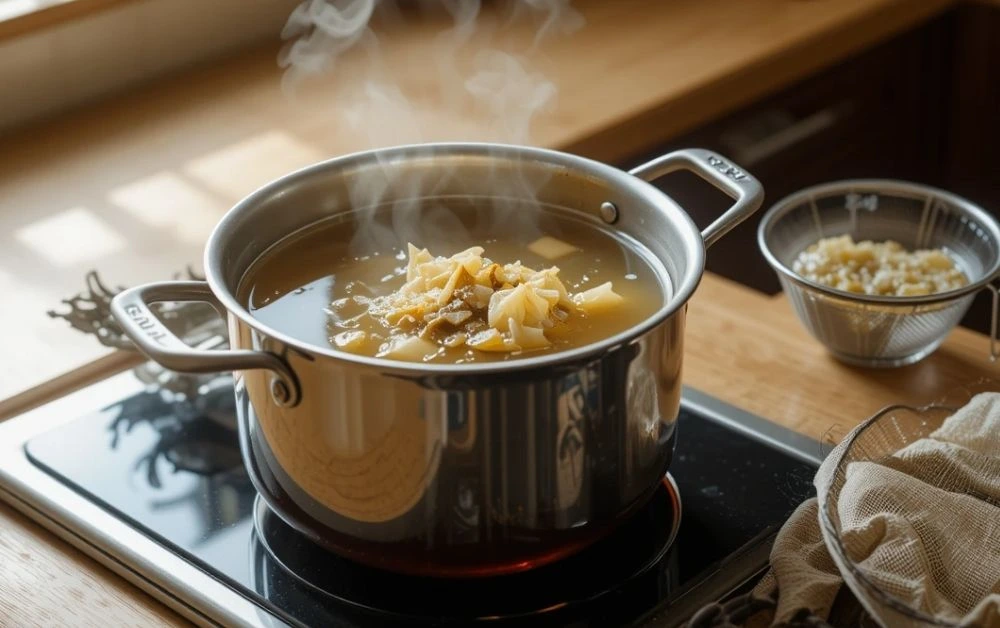



Nutritional Information (Per Serving)
Here’s a quick breakdown of the average nutrition in one serving of japanese miso soup
- Calories: 85 kcal
- Protein: 6g
- Fat: 2.5g
- Carbs: 9g
- Sodium: 720mg
- Probiotics: Naturally present in unpasteurized miso
- Vitamins: A, K, B12
- Minerals: Iodine (from seaweed), calcium, iron
Low in calories but nutrient-dense perfect for clean eating or light dinners.
Healthier Alternatives for the japanese miso soup
Are you looking for a healthy and diet-friendly way to prepare Japanese miso soup? Try these healthy swaps:
- Low Sodium: Use reduced-salt miso and increase water content.
- Soy-Free: Use chickpea miso and replace tofu with zucchini cubes or potatoes.
- Vegetarian: Dashi must be made with kombu and shiitake mushrooms only.
- Keto-Friendly: Skip tofu and add egg yolk and mushrooms for richness.
Serving Suggestions
Elevate your bowl of japanese miso soup with these fun pairings:
- Classic Breakfast: Serve with rice, grilled salmon, and pickled vegetables.
- Noodle Night: Add cooked soba or udon for a light lunch.
- Fusion Style: Pair with edamame and a side salad with sesame dressing.
- Bento Box Addition: Include in lunchboxes alongside tempura or tamagoyaki.
For extra flavor, add a dash of yuzu or a sprinkle of toasted sesame seeds.
Common Mistakes to Avoid
These errors often keep homemade japanese miso soup from tasting authentic:
- Boiling miso paste – this kills its flavor and health benefits.
- Too much wakame – a little goes a long way.
- Using plain water instead of dashi – lacks depth.
- Adding scallions too early – they lose their crunch.
- Overcooking tofu – becomes rubbery and breaks apart.
Storing Tips for the japanese miso soup
Do you want to store Japanese miso soup?
- Refrigerate: Keep in a sealed container for up to 3 days.
- Reheat Gently: Use low heat and avoid boiling.
- Separate the Miso: Store miso paste separately and add just before serving.
- No Freezing: The texture of tofu and miso degrade when frozen.
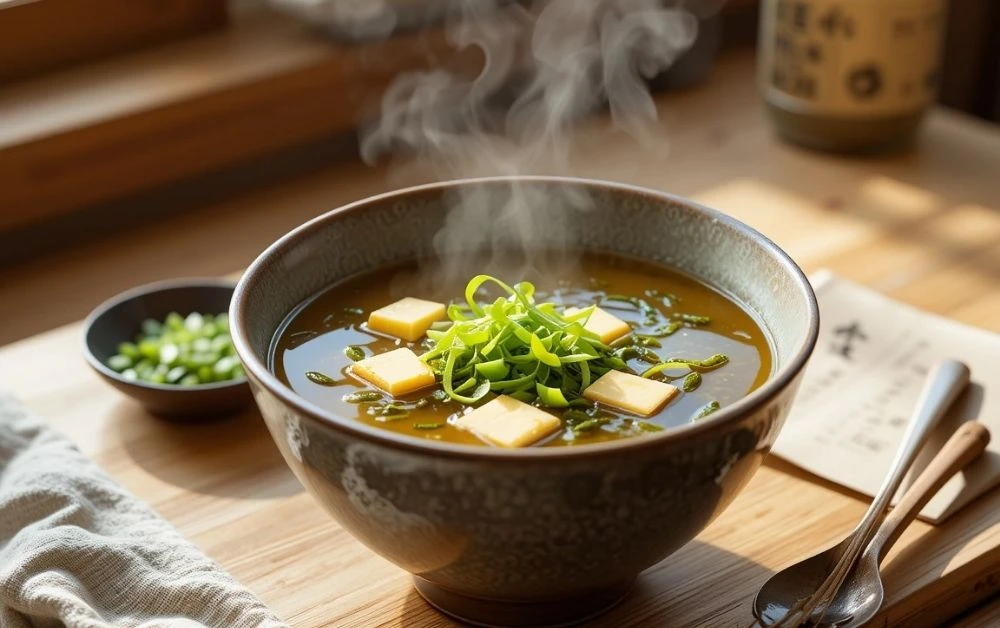
Conclusion
With just five foundational ingredients, japanese miso soup delivers big on flavor, nutrition, and tradition. It’s quick, versatile, and easily customizable for every dietary lifestyle.
Give this simple yet soulful recipe a try and let us know how it turned out in the comments. Don’t forget to subscribe for weekly recipes and Japanese cooking tips delivered straight to your inbox!
FAQs
Can I use regular broth instead of dashi?
You can, but it won’t have the deep umami flavor that defines miso soup Japanese. Kombu and bonito are essential for authenticity.
What type of miso is best for beginners?
White miso (shiro miso) is mild and sweet perfect for first-timers or kids.
Is miso soup Japanese gluten-free?
Only if you use gluten-free miso. Check the label carefully, as some contain barley or wheat.
Can I make it ahead of time?
Yes, but for best results, add miso paste just before serving. The rest can be prepped in advance.
Tried it before ?
There are no reviews yet. Be the first one to write one.

